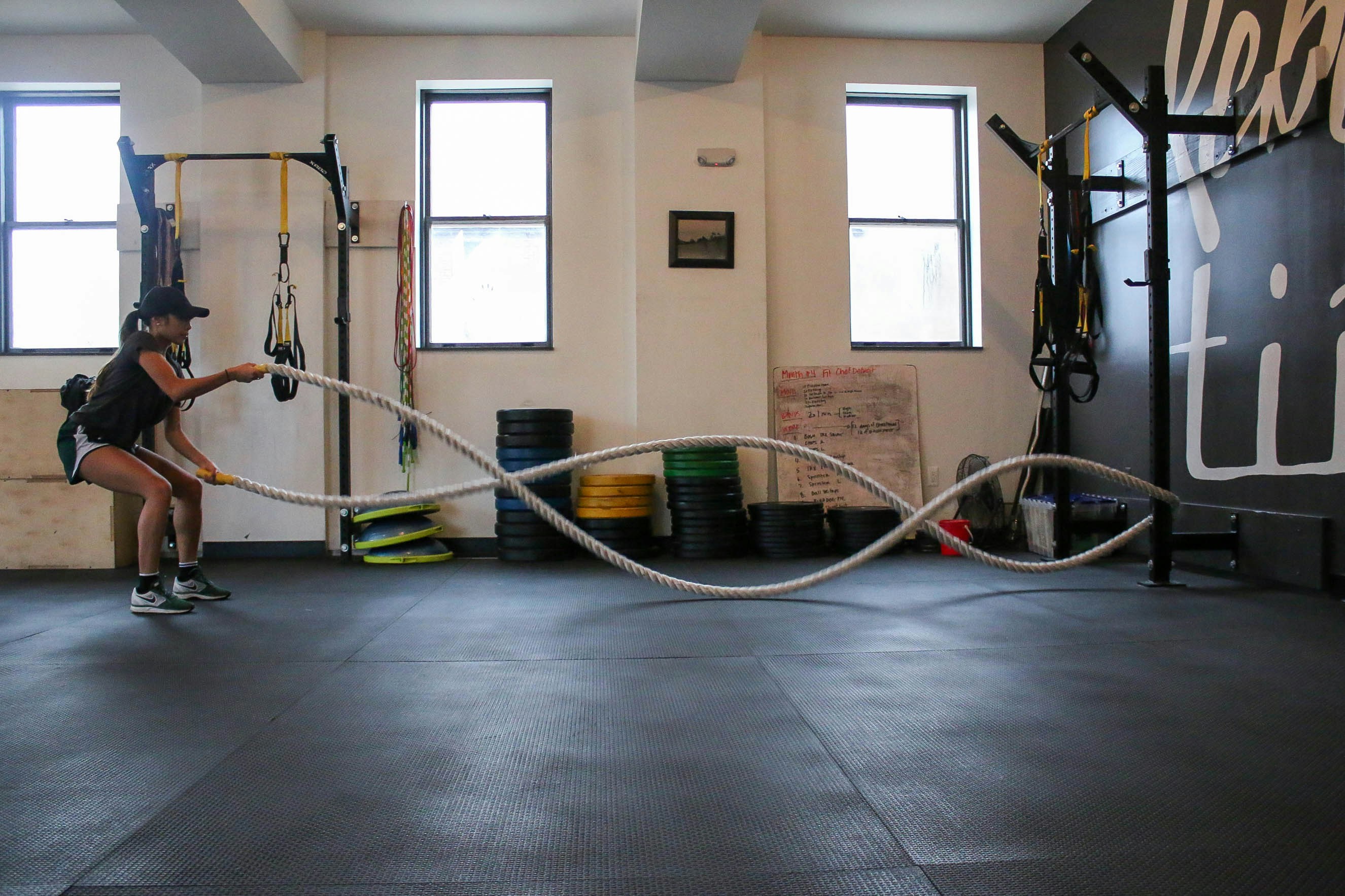Fitness Progress Tracking: Best Practices and Common Mistakes to Avoid

Tracking your fitness progress is essential for achieving your health and fitness goals. It provides valuable insights, keeps you motivated, and helps you make informed decisions about your fitness routine. However, to ensure effective progress tracking, it is crucial to follow best practices and avoid common mistakes. In this article, we will explore the best practices for fitness progress tracking and highlight common mistakes to steer clear of. By implementing these strategies, you can maximize the benefits of tracking your progress and optimize your fitness journey.
1) Set Clear and Measurable Goals
Before you start tracking your progress, establish clear and measurable goals. Define what you want to achieve, whether it's losing weight, improving strength, or increasing endurance. Setting specific and realistic goals will provide you with a clear roadmap for tracking your progress effectively.
2) Choose the Right Tracking Method
There are various methods available for tracking fitness progress, including mobile apps, wearable devices, or traditional pen-and-paper journals. Select a method that suits your preferences and lifestyle. Consider using Shapez - Body Progress Tracker, a mobile app designed specifically for tracking fitness progress, which offers a user-friendly interface and comprehensive tracking features.
3) Track Multiple Metrics
Don't limit your progress tracking to a single metric. Instead, monitor multiple metrics such as weight, body measurements, strength gains, cardiovascular endurance, and flexibility. Tracking a variety of metrics provides a more comprehensive picture of your overall progress.
4) Establish a Consistent Tracking Routine
Consistency is crucial when tracking fitness progress. Set a regular tracking routine that works for you, whether it's daily, weekly, or monthly. Consistently tracking your progress ensures accuracy and enables you to identify trends and patterns over time.
5) Record Both Quantitative and Qualitative Data
In addition to tracking numbers and measurements, it is essential to record qualitative data. Include notes about how you feel during workouts, any changes in energy levels, improvements in mood, or changes in overall well-being. This qualitative data offers valuable insights into your progress beyond mere numbers.
6) Take Before and After Photos
Visual documentation through before and after photos is a powerful tool for tracking fitness progress. Capture photos using Shapez - Body Progress Tracker or a dedicated camera to observe changes in body composition and shape over time. Before and after photos provide a tangible representation of your transformation and can boost motivation.
7) Regularly Reassess and Adjust Goals
Periodically reassess your goals and adjust them as needed. As you make progress, your goals may evolve. Regularly evaluate your achievements, strengths, and areas for improvement to ensure your goals remain challenging and aligned with your aspirations.
8) Avoid Relying Solely on the Scale
While the scale is a common metric for progress tracking, it is not the sole indicator of success. Remember that weight fluctuates due to various factors such as water retention, muscle gain, and hormonal changes. Consider other metrics like body measurements, clothing fit, strength gains, and overall well-being to assess your progress comprehensively.
9) Avoid Comparison with Others
Each fitness journey is unique, and comparing yourself to others can be demotivating and counterproductive. Focus on your own progress and celebrate your personal achievements rather than comparing yourself to others. Embrace your individuality and use progress tracking as a tool for self-improvement.
10) Stay Consistent and Patient
Fitness progress takes time and consistency. Avoid expecting overnight transformations and understand that progress occurs gradually. Stay committed to your fitness routine, track your progress consistently, and remain patient throughout your journey.
Fitness progress tracking is a valuable tool for achieving your health and fitness goals. By following these best practices and avoiding common mistakes, you can optimize your progress tracking efforts.